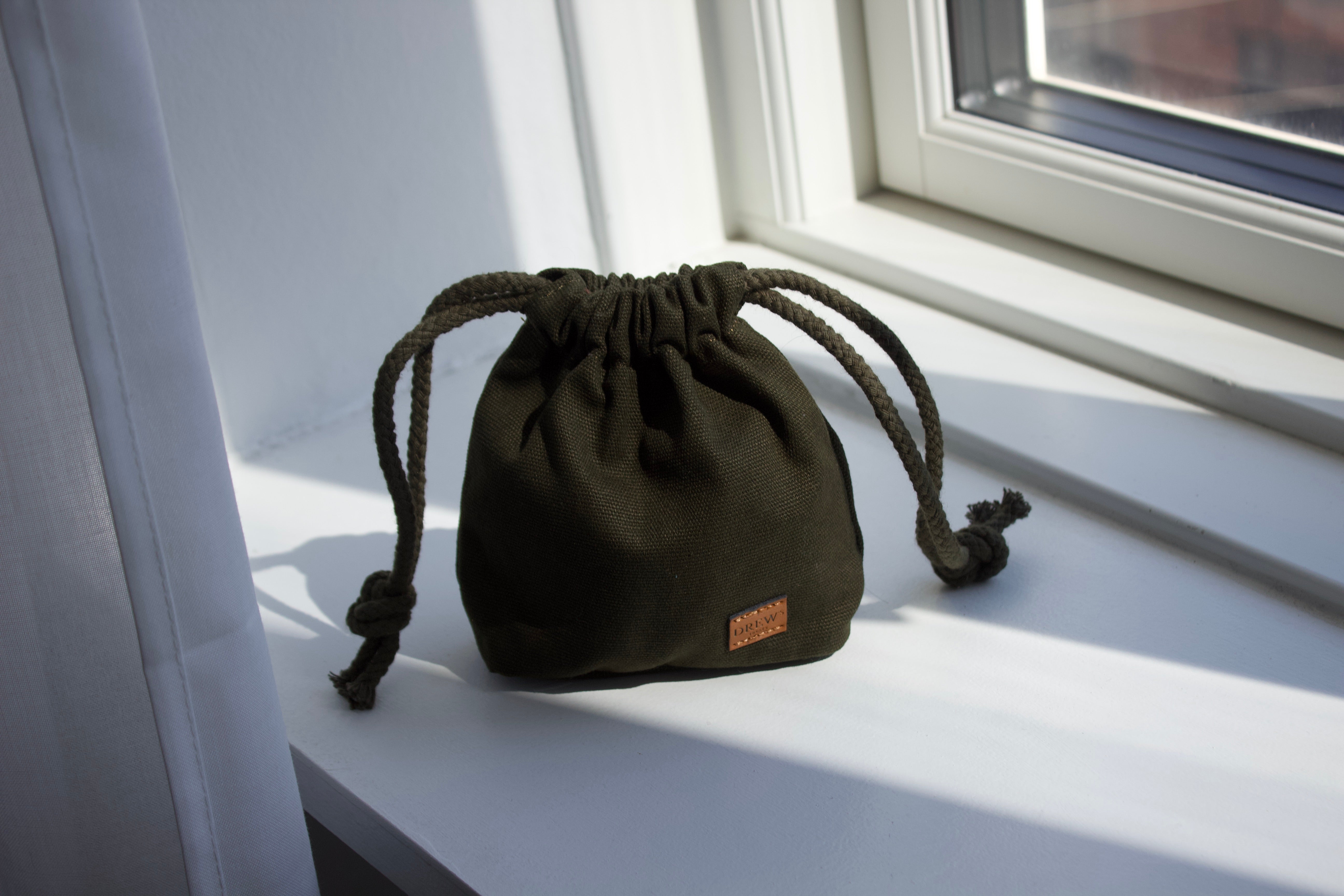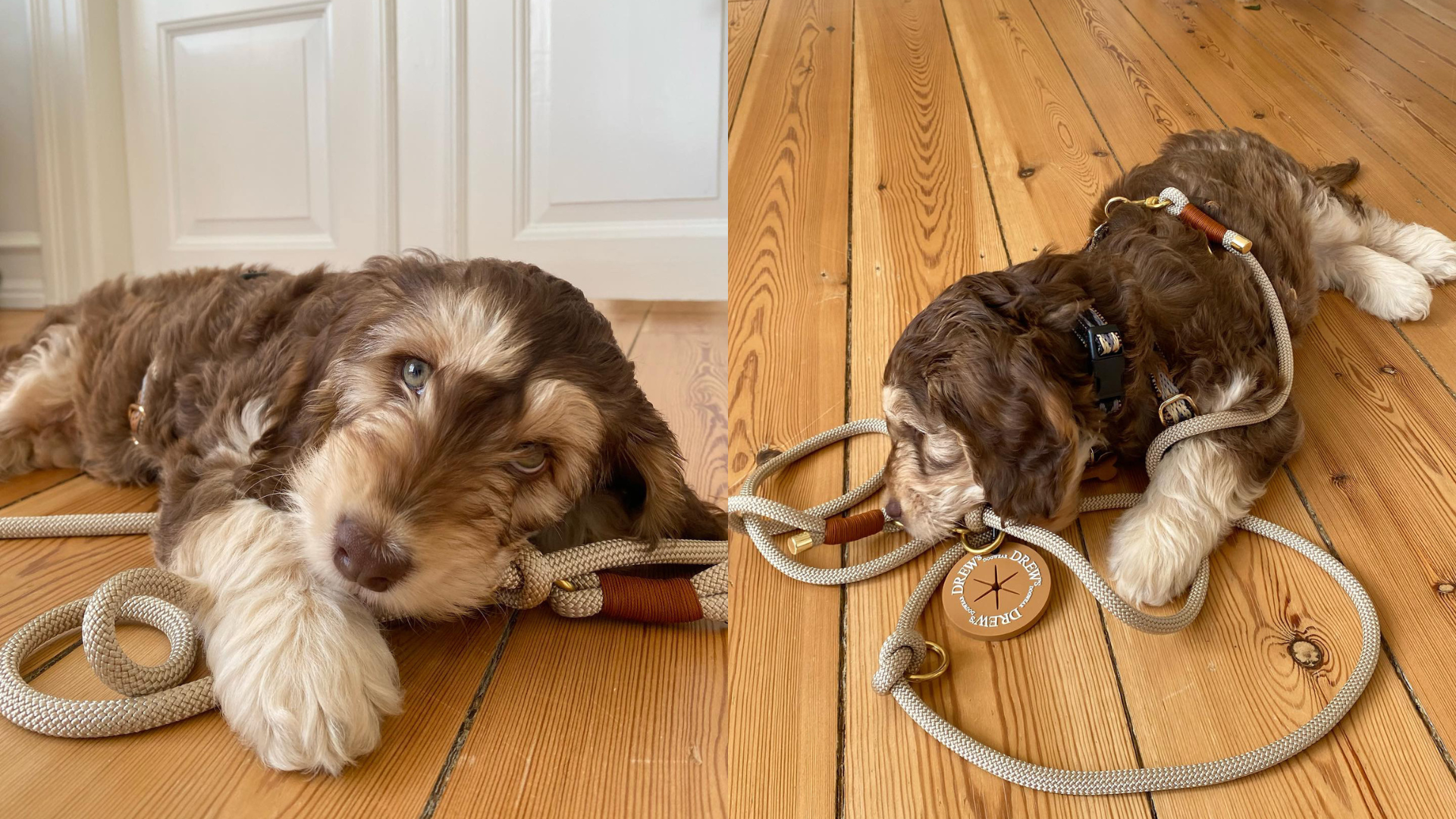Alone at home tips for your new puppy: How to prepare
Having a puppy is a fantastic experience filled with joy, energy and lots of love. However, teaching your puppy to be alone at home can be a challenge. It is an important part of the training, so that you are not tied to your apartment, but can still enjoy a social life without your dog becoming stressed or unhappy.
Teaching your puppy to be home alone is a process and every dog reacts differently. Some puppies, especially social breeds, may have a harder time getting used to it. It is important to find the method that best suits your puppy.
Here are some general tips to help your puppy feel safe when alone.
1. Start from scratch
When introducing your puppy to being alone, it's a good idea to do it after a walk where the puppy is tired but not overstimulated. Take it slow and start with small steps.
Start by closing the door when you go to the bathroom so your puppy gets used to being in a room without you. You can start by using a baby gate or similar barrier so that the puppy can still see and hear you, but is separated in another room.
Tip: Consider buying a camera so you can keep an eye on your pup from your phone when he's alone.
2. Increase the time gradually
Once your puppy is comfortable being alone in a room, you can start to increase the distance and time you are away.
Start by going out the front door and immediately come back in. Repeat this many times so the puppy learns that you always come back. When you walk in and out the door, you can ignore your puppy so it feels like a natural part of everyday life and not a big event.
When the puppy is comfortable with short periods alone, you can slowly increase the time. Start with just a few seconds and gradually extend to minutes and then longer.
Create a fixed ritual every time you leave the house, e.g. by saying "I'll be back soon". It creates predictability for the puppy and makes parting less stressful.
3. Create a safe atmosphere
When your pup is alone, background noise can create a more calming atmosphere.
Turn on the radio or TV to help drown out unexpected sounds and give the impression that someone is still in the home.
Tip: You can advantageously use a puppy farm or a transport cage as a safe place where the puppy can feel safe. There is our soft dog blanket in teddy fleece ideal for laying on the floor or in the basket, so that your puppy can lie safely and comfortably.
4. Provide mental stimulation
Puppies are curious and need mental stimulation when they are alone.
When you leave your puppy alone at home, activity toys and treats that activate the puppy can be a big help. For example, a snuff mat or chew toy like a king filled with treats.
5. Establish a fixed routine
A set routine will help your puppy understand when it is time to be alone and when it can expect your attention.
6. Peaceful farewells and reunions
Avoid giving your puppy too much attention when you leave home or come back. If you make it a big deal, the puppy may become more anxious about your goodbyes. Keep it calm and relaxed so it feels natural.
7. Praise your puppy
As with all training, praise and rewards are essential. Praise and reward your puppy when it has been alone. If it stays calm and doesn't do it when you come back, give lots of praise and a treat.
8. Listen to your puppy
The most important thing is to pay attention to your puppy's signals. If your puppy shows signs of discomfort, such as whining, barking or becoming destructive, this is a sign that you need to take a step back in training. Be sure not to comfort or reward unwanted behavior, but instead allow your puppy to learn at his own pace.
If your puppy continues to have difficulty being alone despite the training, it may be a good idea to seek help from a professional dog trainer or behavioral therapist who has experience with separation anxiety.
Teaching your puppy to be alone takes patience and consistent training. Remember that it is a process and each puppy develops at its own pace. Be calm, persistent and positive and you will soon see progress.














